Study Guide: Equal To
The concept of "equal to" is used to compare two quantities and determine if they have the same value. Here are some key points to remember:
- The equals sign (=) is used to show that two quantities are the same or identical.
- When comparing two quantities, if they have the same value, they are said to be "equal to" each other.
- In an equation, the expression on the left side of the equals sign is equal to the expression on the right side.
- Understanding the properties of equality, such as the reflexive, symmetric, and transitive properties, is important for working with equations and inequalities.
Incorporating real-life examples and interactive activities can also help reinforce the concept of "equal to" for students.
[Equal To] Related Worksheets and Study Guides:
.◂Math Worksheets and Study Guides Fourth Grade. Tables and Graphs
Study Guide Tables and Graphs
Tables and Graphs  Activity Lesson
Activity Lesson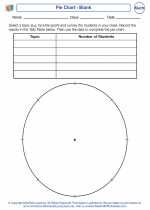 Pie Chart - Blank
Pie Chart - Blank  Activity Lesson
Activity Lesson Classroom Chaos
Classroom Chaos  Activity Lesson
Activity Lesson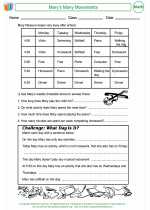 Mary`s Many Movements
Mary`s Many Movements  Worksheet/Answer key
Worksheet/Answer key Tables and Graphs
Tables and Graphs  Worksheet/Answer key
Worksheet/Answer key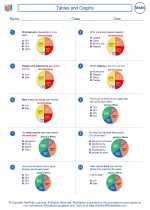 Tables and Graphs
Tables and Graphs  Worksheet/Answer key
Worksheet/Answer key Tables and Graphs
Tables and Graphs  Worksheet/Answer key
Worksheet/Answer key Tables and Graphs
Tables and Graphs  Worksheet/Answer key
Worksheet/Answer key Tables and Graphs
Tables and Graphs  Worksheet/Answer key
Worksheet/Answer key Tables and Graphs
Tables and Graphs  Worksheet/Answer key
Worksheet/Answer key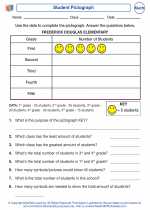 Student Pictograph
Student Pictograph  Worksheet/Answer key
Worksheet/Answer key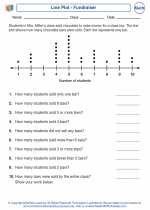 Line Plot - Fundraiser
Line Plot - Fundraiser  Worksheet/Answer key
Worksheet/Answer key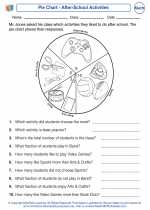 Pie Chart - After-School Activities
Pie Chart - After-School Activities 

 Activity Lesson
Activity Lesson
 Activity Lesson
Activity Lesson
 Activity Lesson
Activity Lesson
 Worksheet/Answer key
Worksheet/Answer key
 Worksheet/Answer key
Worksheet/Answer key
 Worksheet/Answer key
Worksheet/Answer key
 Worksheet/Answer key
Worksheet/Answer key
 Worksheet/Answer key
Worksheet/Answer key
 Worksheet/Answer key
Worksheet/Answer key
 Worksheet/Answer key
Worksheet/Answer key
 Worksheet/Answer key
Worksheet/Answer key
 Worksheet/Answer key
Worksheet/Answer key

The resources above cover the following skills:
DATA ANALYSIS
Interpret data displayed in a circle graph.